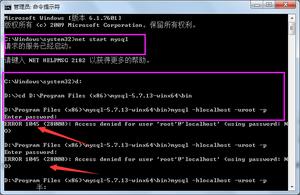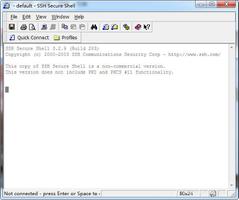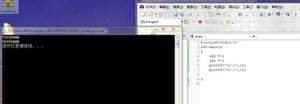Python-字符串值前面的“ u”符号是什么意思?
是的,总之,我想知道为什么我在我的键和值前面看到au。
我正在渲染表格。该表格具有用于特定标签的复选框和用于IP地址的一个文本字段。我正在创建一个字典,其键为标签,这些键在list_key中进行了硬编码,并且字典的值取自表单输入(list_value)。字典已创建,但对于某些值,其前面带有u。这是字典的示例输出:
{u'1': {'broadcast': u'on', 'arp': '', 'webserver': '', 'ipaddr': u'', 'dns': ''}}有人可以解释我在做什么错。当我在pyscripter中模拟类似方法时,我没有收到错误消息。欢迎提出任何改进代码的建议。谢谢
`#!/usr/bin/env python
import webapp2
import itertools
import cgi
form =”“”









